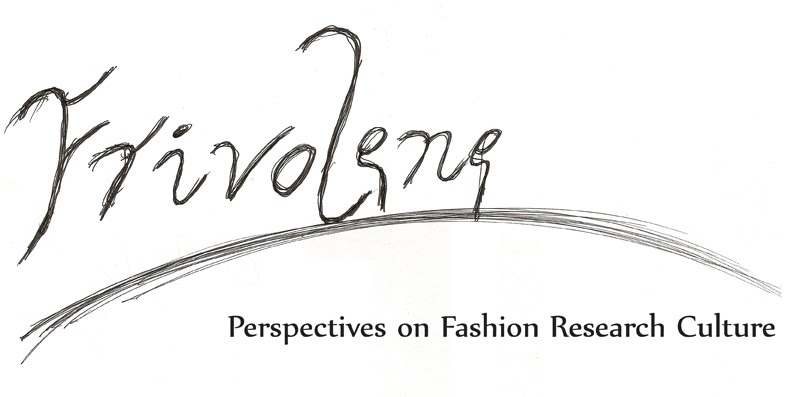
Advertisement by 7 For All Mankind
New denim stores are also set to open, with 7 For All Mankind, the ''original'' American premium denim brand, to open its first British store in Westbourne Grove. Dutch brand Denham, meanwhile, has turned its attentions to the East End, with the prospective opening of its third wholly-owned store in Shoreditch's Charlotte Road (the brand's other two concept stores are in Amsterdam and Tokyo). It appears as if each of these brands is taking advantage of favourable exchange rates, and a perhaps slight dip in rental prices, proving that even in a recession, London is still viewed as place of opportunity for fashion brands wishing to make their mark in this ''World Fashion City''. Having a presence in London, it seems, retains its caché.

Denham Jeans, look for the brand's ''scissor'' symbol
Since the ‘’explosion’’ of the Japanese designers in the late 1970s and early 1980s in Paris (names like Kenzo, Issey Miyake, Rei Kawakubo and Yohji Yamamoto), there has since not been such a concentrated number of designers emanating from one place making a significant impact on the global fashion scene. From within Europe itself, perhaps only the ‘’Antwerp Six’’ can compare to this. Yet since the 1980s the nature of the fashion industry has perhaps changed considerably, with a larger amount of monetary resources needed to launch a fully-fledged fashion label to begin with, and also the development in technology, particularly, the Internet, meaning that connections between places are now much ‘’closer’’, taking away the need to travel to present collections before an international audience. Rather than a ‘’collective spirit’’ there also seems to be a move towards more designers striking out on their own, not necessarily setting up business in a ‘’World Fashion City’’ like London or Paris, but instead choosing to remain, or return to, their home town, building a local clientele before branching out abroad. It will be interesting to see if Desa is the first of many Turkish brands to begin on an international expansion, opening shops or franchises, especially as the country has built up a reputation for high-quality products, both ready-made clothes and textiles. For the European market, their proximity to the main Western European fashion markets of Germany, France, Italy, UK and Spain, mean many retailers are looking to source their own product from there, particularly in light of recent problems with deliveries from countries further away, such as India, Pakistan, Bangladesh and Thailand.

Advertising Image by Vlisco
In a reversal of this, and perhaps reflecting the seemingly, almost ‘’circular’’ nature of the fashion industry, the Dutch firm Vlisco is little known in its home-market, yet it is a household brand across West Africa, famed for its intricately, brightly patterned batik prints, or ‘’Dutch Wax’’. Although, incidentally, some of its products can also be found in the less exotic confines of Brixton market, the best place to view the full range of its very luxurious products is in the firm’s flagship stores in Benin, Nigeria, Togo or the Ivory Coast. Vlisco certainly challenges the notion of so-called ‘’authentic’’ textile products, since these prints begin life in Helmond rather than Lomé.

No comments:
Post a Comment